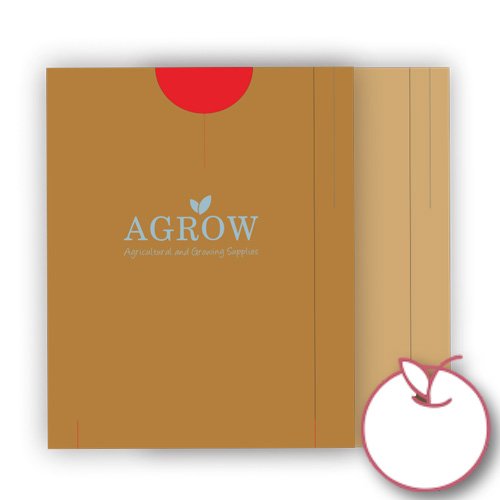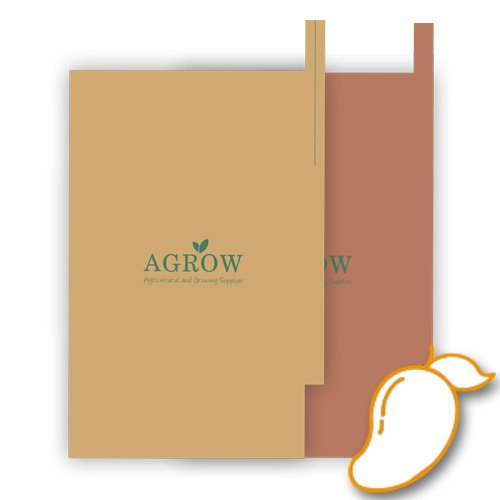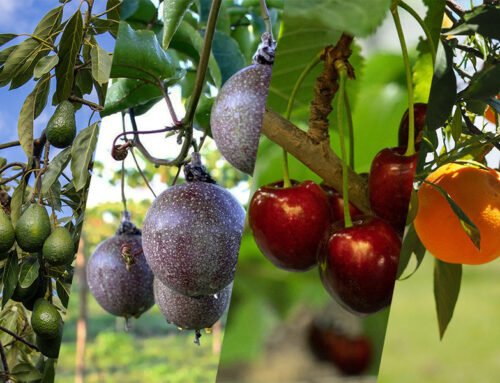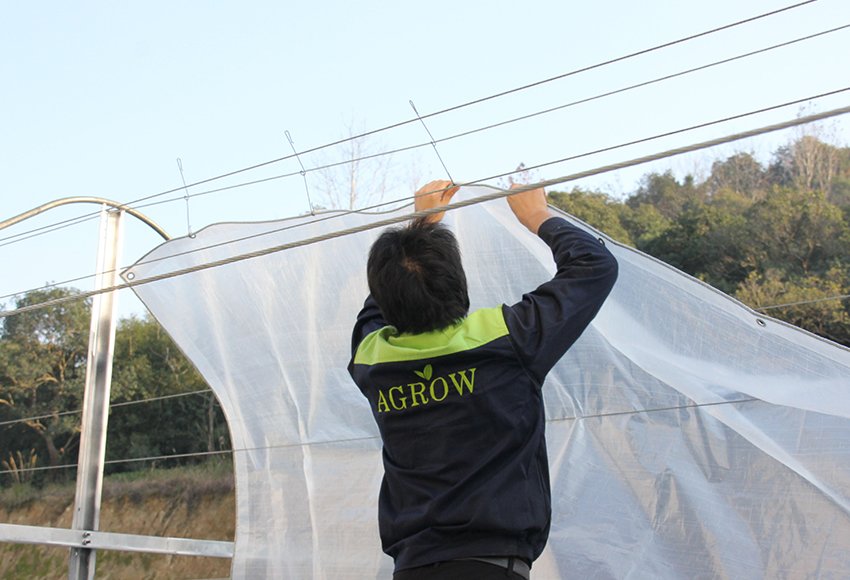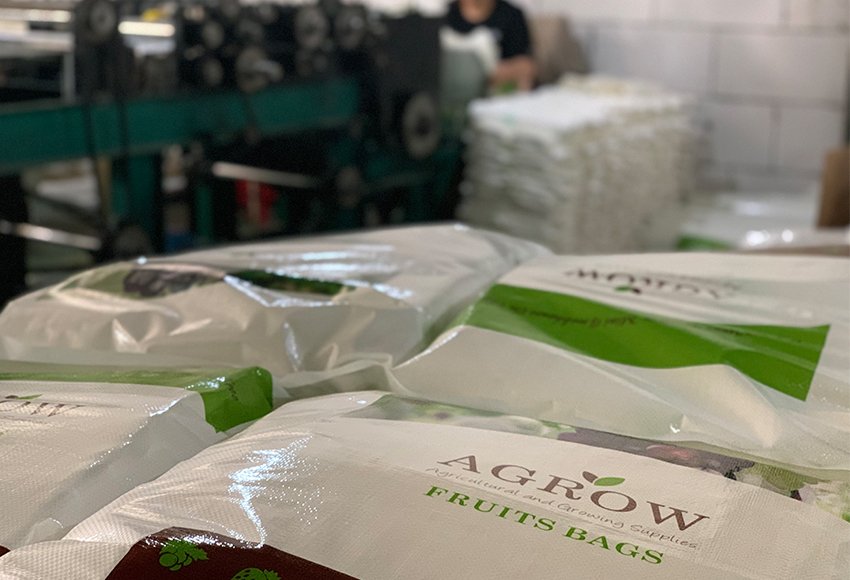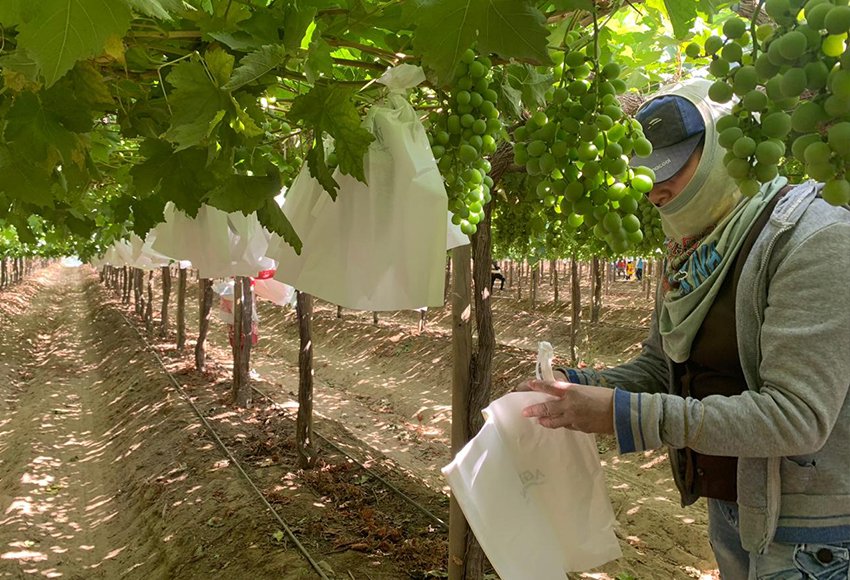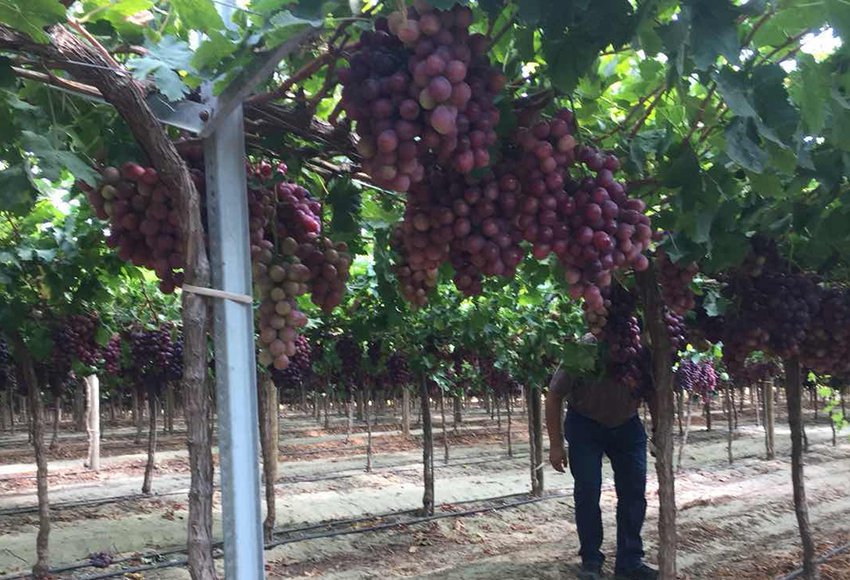November 2024: Fruit Industry Trends and Highlights – Mid
USDA Launches Organic Transition Initiative to Drive Shift Toward Organic Farming
Launched in 2022, the USDA’s Organic Transition Initiative (OTI) offers $300 million in funding to support organic agriculture and help farmers transition to organic production. The plan includes programs like the Organic Market Development Grant (OMDG) and the Transition to Organic Partnership Program (TOPP). These programs help increase organic product availability and demand, provide technical assistance, and help farmers overcome challenges during the transition to organic farming.
Peru Gains Access for Citrus Exports to Brazil
Peru’s Ministry of Agrarian Development and Irrigation (MIDAGRI) has successfully secured market access for Peruvian citrus fruits—such as oranges, lemons, limes, grapefruits, mandarins, and tangelos—in Brazil. This agreement opens up new trade opportunities, benefiting Peruvian citrus producers.
The partnership between public and private entities, which started in 2023 with the request from the Peruvian exporter association PROCITRUS, resulted in the expansion of approved citrus species. Peru first gained access for mandarins and tangelos in Brazil in 2015.
Brazil now joins the list of 47 countries importing Peruvian citrus, including major markets like the U.S., Europe, and China. Looking ahead, Peru plans to secure access to Brazil for other fresh fruits, such as strawberries and raspberries, by 2025.
Potential Impact of Trump’s Election on the U.S. Shipping Industry
Trump’s election could have multiple impacts on the U.S. shipping industry. Analysts predict that if Trump imposes new tariffs, U.S. imports could surge in the short term as importers rush to stock up before tariffs take effect. Shipping rates could rise, similar to what happened in 2018 when tariffs led to front-loading of imports.
While shipping rates were lower in 2020, tariffs could once again drive them up. Trump’s “America First” policy may also influence supply chain patterns, with Chinese goods potentially routed through Mexico. Additionally, retaliatory tariffs could negatively impact U.S. exports, worsening the imbalance between full and empty container flows.
The administration’s influence may also extend to port labor negotiations and issues like the Red Sea crisis.
Chile Enhances Grape Quality and Competitiveness with “Systems Approach” for US Market
Chile expects to ship 56,461 tons of grapes to the US in the 2024-25 season under the “Systems Approach” protocol. After 20 years of negotiations, this method replaces methyl bromide fumigation with mitigation measures at the origin, improving grape quality and competitiveness. Total grape exports are projected at 541,250 tons, with 35% shipped to the US under the new protocol. Growth in new grape varieties, like Autumn Crisp, Cotton Candy, Sweet Globe, and red varieties such as Candy Hearts and Jack’s Salute, is expected to make up 65% of total exports, enhancing quality and sustainability.
South African Cherry Market Amid Frost Challenges
Despite frost heavily affecting early cherry varieties, Tru-Cape in South Africa remains optimistic about the overall harvest quality and market outlook. Early varieties were reduced, but later varieties were unaffected, with excellent fruit quality and high sugar content. Prices have risen by about 25%, and demand in the local market is strong, with growing interest from retailers and informal markets. South African cherries are gaining international recognition, particularly in the UK, Europe, Far East, and Middle East. Cherry orchard growth in South Africa has increased by 54% since 2020, with Ceres being the main production area.
New Port of Antioquia to Open in 2025, Boosting Fruit Exports from Colombia
The Port of Antioquia in Colombia, under construction and set to open by 2025, is strategically located in the Gulf of Urabá and will serve as a multipurpose terminal, focusing on agro-exports like bananas, avocados, coffee, and tropical fruits. With 1,200 refrigerated container plugs and deep-water access for large vessels, the port will support fruit exports to the US East Coast and Europe. Its modern infrastructure and technology will preserve fruit quality. Supported by both local and foreign investments, including from the World Bank, the port is set to overcome infrastructure challenges and boost Colombia’s agricultural exports.
South African Citrus Exports Drop, Ports and Trade Restrictions as Barriers
The Citrus Growers’ Association (CGA) reported 164.5 million cartons of citrus exported in 2024, a decrease of 600,000 cartons from last year, mainly due to weather events, pricing fluctuations, and port efficiency issues. Around 10.1 million cartons were diverted to local juicing or lost. Despite challenges, citrus production continues to grow, with the CGA targeting 260 million cartons and 100,000 jobs by 2032. Port infrastructure and EU trade restrictions remain significant obstacles.
Expo Information
